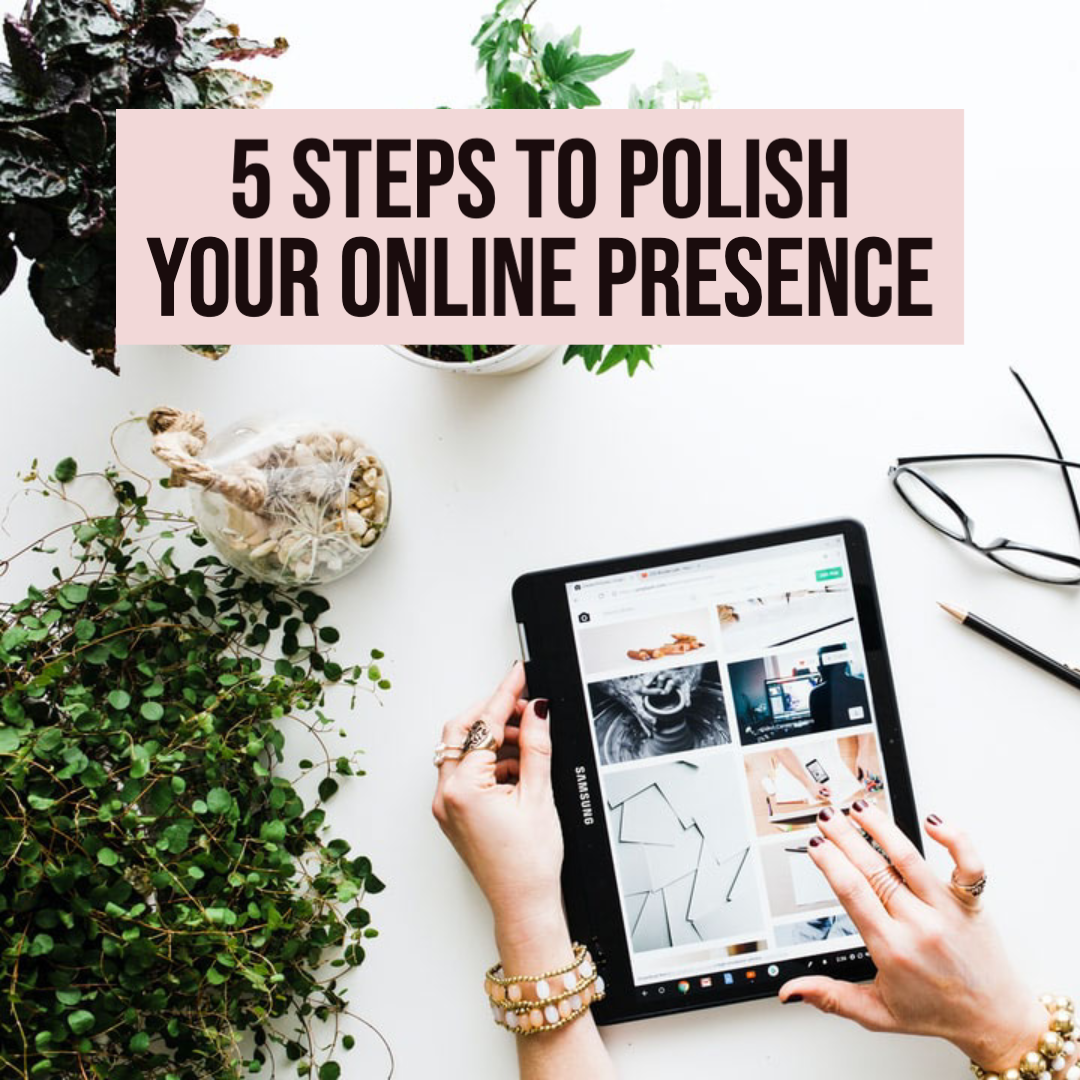How to polish up your online presence in 5 quick steps for artists
In the world of increasing online exhibits and online application processes, it is more important than ever to have a polished online presence to increase your chances of getting seen by the curators.
We are here to help you increase your chances of getting seen by curators.
Clean website
Make sure your website is easy to navigate and the link to your portfolio is clearly visible.
Often times when we sell art via our website, it is mostly geared towards sales and new works available, but you have to remember curator’s perspective as well. When a curator is viewing your website, they are hoping to find an easily accessible portfolio to see the range of your work and how you developed as an artist over the years.
It’s okay to submit a direct link to your portfolio separately in lieu of website when submitting, that way it is readily available to review.
Some artists choose to have a website solely based in a portfolio format and have a separate area for their shop, but it’s entirely up to you how you decide to present your work.
Social media with a purpose
Have a social media profile completely separate from your personal one. You don’t have to post frequently at all, but make sure that your posts are 90% related to your work (read below about the importance of good image quality). Going through hundreds of submissions, curators don’t often have the time to scroll and look for the work if it’s not readily available. Think of social media as an extension to your portfolio, a place where you share behind the scenes, process, studio, etc.
Artist statement
Artist statements are probably the scariest of things for beginner artists, who are not familiar with the mysterious piece of text and who possesses the powers to unlock it. Luckily for you, there is no need for writing classes to make one. Our friends at Create! magazine wrote an easy article to inspire you and to help you express yourself through words.
Image quality
Image quality is probably the most crucial step in the submission process and will be a deciding factor. One, curators don’t have the time to reach out for better images or edit them (remember the tens or hundreds of submissions curators receive). Two, those images are the faces of your work, make sure they are telling an accurate story. You don’t have to have professional photography or high res scans of your work as the cellphone camera capabilities are pretty powerful nowadays, but the images must be legible.
Few bonus tips:
Depending on the submission requirements, make sure the art fills the entire image and there are no edges to the wall or carpet showing.
Do not take photos at an angle that makes your work look skewed. Have the camera directly in front of your work and correct the distortion if necessary.
Take photos in a daylight, check that there are no random shadows falling on your work, no glares or bright spots.
Make sure the photos are not blurry.
Attitude
That’s right! We said it! While online etiquette rules might get hazy over time, remember to treat people you work with online as the people in real life (because they are real people, just further away).
Make sure your email correspondence has a kind voice, especially if you are reaching out for the first time. You wouldn’t yell at a person for no reason in real life, try to keep the same outlook when speaking with people online (bonus: they will secretly love you for it).

